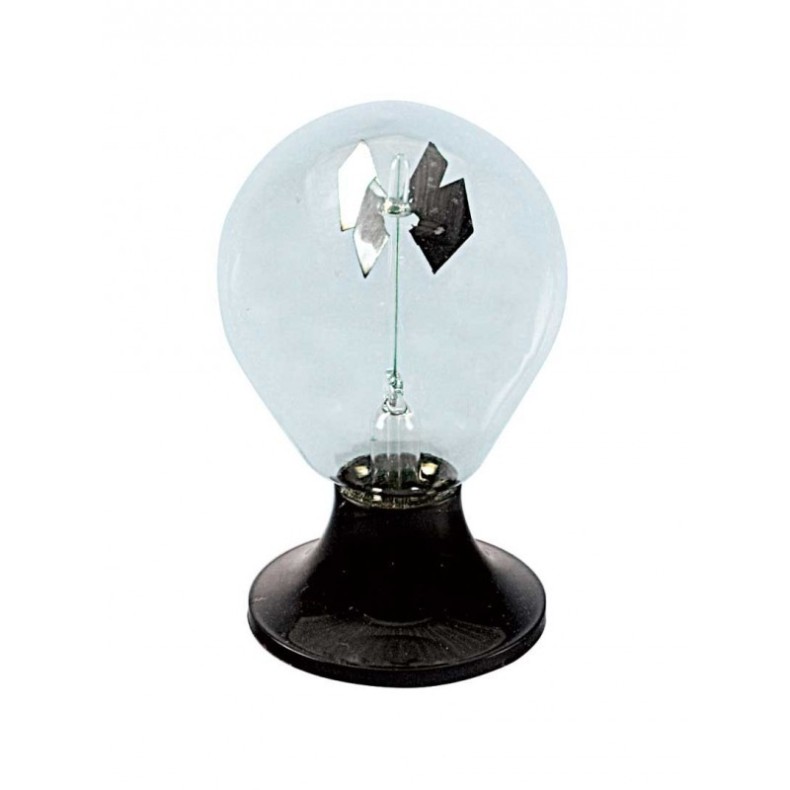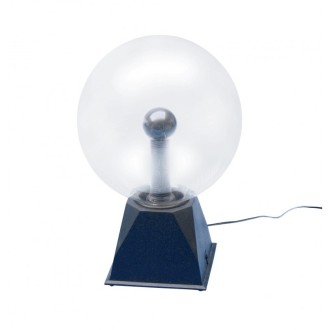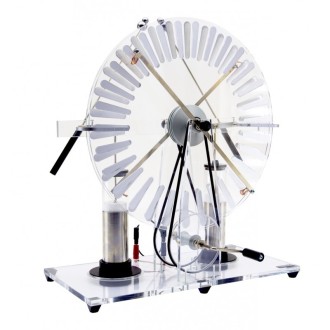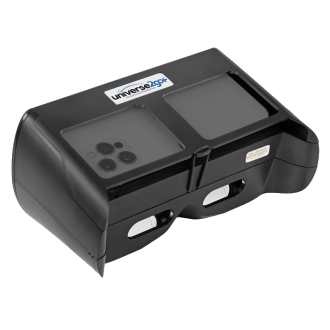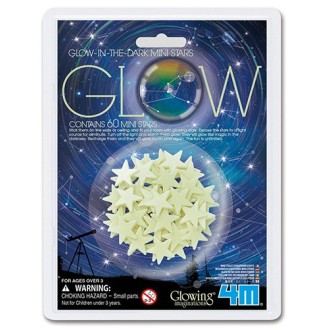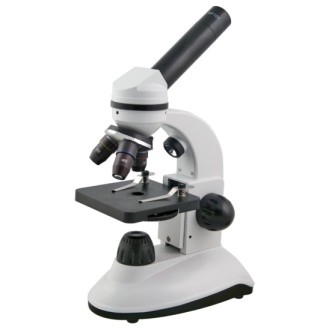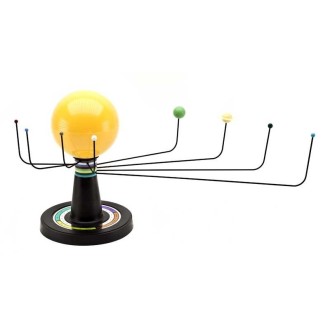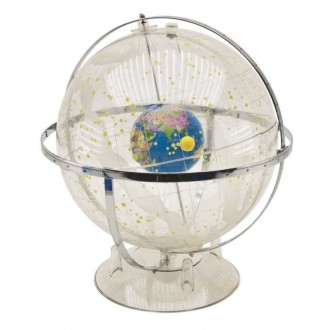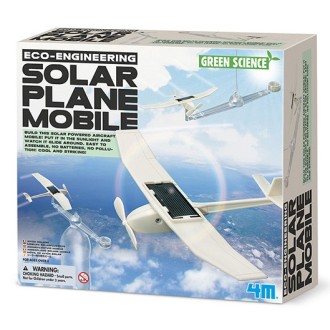Crookes radiometer OPTIKA SCIENCE
Crookes radiometer OPTIKA SCIENCE
| Carrier | Description | Estimated Delivery | ||
|---|---|---|---|---|
 |
Home delivery - International | Home delivery - International |
Friday, 2 May - Friday, 9 May |
|

Home delivery - International
Home delivery - International
Estimated delivery:
Friday, 2 May - Friday, 9 May
Crookes radiometer OPTIKA SCIENCE.
The Crookes radiometer or light mill is a device invented in 1873 by the English chemist William Crookes. It consists of four arms each supporting a vane or plate at their ends, painted white on one side and black on the other. The four arms supporting the plates are suspended on a needle and supported by a glass shaft to reduce friction as much as possible. This grinder is contained in a sealed glass sphere in which a partial vacuum has been created.
The blades rotate when exposed to light, the more intense the incident light, the faster the rotation. This provides a quantitative measure of the intensity of electromagnetic radiation.
Crookes got the idea from some chemical research he was doing. In the course of chemical experiments requiring very precise quantitative measurements, he was weighing samples in a partial vacuum chamber in order to reduce the effect of air currents. Suddenly, he noticed that the value of the weighings was disturbed when sunlight fell on the balance. Investigating this effect, he created the device that bears his name.
Inside the radiometer that we offer you in Telescopiomania is a windlass, a shaft with four vanes. One side of the vanes is black and the other white.
Exposed to a light source, the pinwheel rotates, and increases its speed as the radiation becomes more intense. This is because the gas molecules contained in the ampoule, when they come into contact with the black faces of the vanes, rebound with greater speed than when they do so on the white faces and, by reaction, give a greater impulse to the pinwheel.
In turn, this phenomenon occurs because the black faces of the vanes heat up more than the white ones, since they have a greater power of light absorption.
Crookes radiometer OPTIKA SCIENCE.

